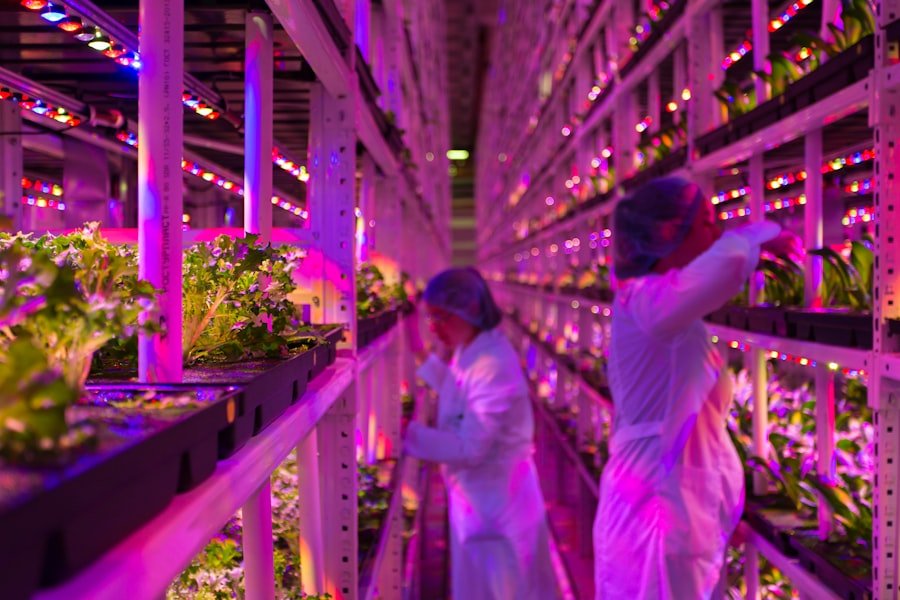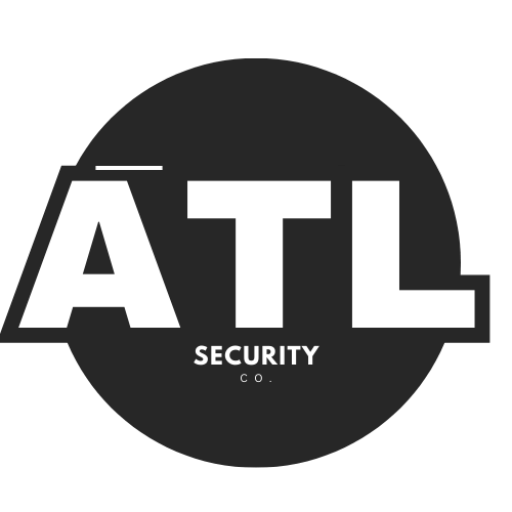Fire suppression systems are critical components in safeguarding lives and property from the devastating effects of fire. These systems can be broadly categorized into several types, each designed to address specific fire hazards and environments. The most common types include water-based systems, gas-based systems, foam-based systems, and dry chemical systems.
Water-based systems, such as sprinklers and standpipes, are prevalent in commercial buildings due to their effectiveness in controlling fires quickly. They work by discharging water to cool the flames and reduce the heat, thereby preventing the fire from spreading. Gas-based fire suppression systems, on the other hand, utilize inert gases or chemical agents to extinguish fires without causing water damage.
These systems are particularly advantageous in environments where sensitive equipment is present, such as data centers or museums. Inert gases like nitrogen or argon displace oxygen in the air, effectively suffocating the fire. Foam-based systems combine water with foam concentrate to create a blanket that smothers flames and prevents re-ignition.
Understanding these various types of fire suppression systems is essential for businesses to select the most appropriate solution for their specific needs.
Key Takeaways
- Different types of fire suppression systems include water-based, gas-based, and foam-based systems
- Factors to consider when choosing a fire suppression system for your business include the type of fire hazards present, the size and layout of the space, and any environmental considerations
- Water-based fire suppression systems are effective at quickly extinguishing fires but can cause water damage to property and equipment
- Gas-based fire suppression systems are clean and effective but can be expensive to install and maintain
- Foam-based fire suppression systems are versatile and effective for various types of fires, but may require more maintenance and inspections than other systems
Factors to Consider When Choosing a Fire Suppression System for Your Business
Selecting the right fire suppression system for a business involves a comprehensive evaluation of several critical factors. One of the foremost considerations is the nature of the business and the specific fire hazards present. For instance, a manufacturing facility that handles flammable materials may require a foam-based system, while an office environment may be better served by a water-based sprinkler system.
Another important factor is the size and layout of the facility. Larger spaces may necessitate more extensive coverage, which could influence the choice between a centralized system or multiple localized systems.
Additionally, local building codes and regulations must be taken into account, as they often dictate specific requirements for fire suppression systems based on occupancy type and building use. Consulting with fire safety professionals can provide valuable insights into compliance issues and help ensure that the chosen system meets all necessary standards.
The Pros and Cons of Water-Based Fire Suppression Systems

Water-based fire suppression systems are among the most widely used due to their effectiveness and relatively low cost. One of the primary advantages of these systems is their ability to quickly extinguish fires by cooling the flames and reducing heat levels. Sprinkler systems, for example, can activate automatically when a fire is detected, providing immediate response even in unoccupied areas.
This rapid action can significantly minimize damage and protect lives. However, water-based systems also come with certain drawbacks. One significant concern is the potential for water damage to property and equipment, particularly in environments where sensitive electronics or documents are present.
In addition, these systems may not be suitable for all types of fires; for instance, using water on electrical fires can pose serious safety risks. Furthermore, in colder climates, there is a risk of pipes freezing and bursting, which can lead to costly repairs and further damage. Businesses must weigh these pros and cons carefully when considering water-based fire suppression options.
The Benefits and Limitations of Gas-Based Fire Suppression Systems
Gas-based fire suppression systems offer unique advantages that make them ideal for specific applications. One of the most significant benefits is their ability to extinguish fires without causing water damage, making them particularly suitable for environments with sensitive equipment, such as data centers, server rooms, and museums. These systems typically use inert gases like argon or nitrogen or chemical agents like FM-200 or Novec 1230 to suppress fires by displacing oxygen or interrupting the combustion process.
Despite their advantages, gas-based systems also have limitations that must be considered. One major concern is the potential health risks associated with certain chemical agents used in these systems. For example, while FM-200 is effective at extinguishing fires, it can pose health risks if inhaled in high concentrations.
Additionally, gas-based systems often require more complex installation and maintenance compared to water-based systems, which can lead to higher upfront costs. Businesses must carefully evaluate their specific needs and potential risks when considering gas-based fire suppression solutions.
Exploring the Effectiveness of Foam-Based Fire Suppression Systems
Foam-based fire suppression systems are particularly effective for combating flammable liquid fires, making them essential in industries such as aviation, oil and gas, and chemical manufacturing. These systems work by creating a blanket of foam that smothers flames and prevents re-ignition by cutting off the fire’s access to oxygen. The foam also cools the surface of burning materials, further enhancing its effectiveness in extinguishing fires.
One of the key benefits of foam-based systems is their versatility; they can be used in various applications, including fixed installations and portable units. However, there are limitations to consider as well. Foam agents can be environmentally harmful if not disposed of properly, leading to regulatory concerns in some jurisdictions.
Additionally, foam systems may require specialized training for personnel to operate effectively, which can add to operational costs. Businesses must weigh these factors against their specific fire risks when considering foam-based suppression options.
The Importance of Regular Maintenance and Inspections for Fire Suppression Systems

Compliance with Safety Regulations
Many local regulations require businesses to conduct regular maintenance on their fire suppression systems to remain compliant with safety standards. This includes testing alarms, checking pressure levels in tanks, inspecting hoses and nozzles for wear and tear, and ensuring that all components are functioning correctly.
Benefits of Proactive Maintenance
Establishing a proactive maintenance schedule not only enhances safety but also extends the lifespan of the system, ultimately saving businesses money in the long run. By identifying and addressing potential issues early, businesses can avoid costly repairs and replacements, while also minimizing the risk of system failure.
Preventing System Failure
Regular maintenance and inspections are critical to preventing system failure, which can have devastating consequences. By staying on top of maintenance, businesses can ensure that their fire suppression systems are always ready to respond in the event of an emergency, providing a safe and secure environment for employees and customers.
Cost Considerations for Installing and Maintaining Fire Suppression Systems
The financial implications of installing and maintaining fire suppression systems are significant factors that businesses must consider during their decision-making process. Initial installation costs can vary widely depending on the type of system chosen, the complexity of the installation, and any necessary modifications to existing infrastructure. For example, water-based sprinkler systems tend to be more cost-effective upfront compared to gas-based or foam systems; however, they may incur higher maintenance costs due to potential water damage issues.
Ongoing maintenance costs also play a critical role in budgeting for fire suppression systems. Regular inspections and servicing are essential to ensure compliance with safety regulations and maintain system effectiveness. Businesses should factor in these recurring expenses when evaluating their options.
Additionally, investing in training for staff on how to operate and maintain these systems can further enhance safety but will add to overall costs. A comprehensive understanding of both initial and ongoing expenses is vital for making informed decisions regarding fire suppression solutions.
Making the Right Decision for Your Business: Choosing the Best Fire Suppression System
Choosing the best fire suppression system for a business requires careful consideration of various factors tailored to its unique needs and risks. A thorough risk assessment should be conducted to identify potential hazards specific to the industry and environment in which the business operates. This assessment will guide decision-makers in selecting a system that not only meets regulatory requirements but also provides adequate protection against identified risks.
Engaging with fire safety professionals can provide invaluable insights into available options and help businesses navigate complex regulations surrounding fire suppression systems. These experts can assist in evaluating different types of systems based on factors such as effectiveness, cost, maintenance requirements, and environmental impact. Ultimately, making an informed decision involves balancing safety needs with budgetary constraints while ensuring compliance with local laws and regulations.
By taking a comprehensive approach to selecting a fire suppression system, businesses can enhance their safety protocols and protect their assets effectively.
FAQs
What are fire suppression systems?
Fire suppression systems are designed to detect and extinguish fires in buildings or other enclosed spaces. They are crucial for protecting property and ensuring the safety of occupants in the event of a fire.
What are the different types of fire suppression systems?
There are several types of fire suppression systems, including water-based systems (such as sprinklers), gas-based systems (such as clean agent or CO2 systems), and foam-based systems. Each type has its own advantages and is suitable for different types of fires and environments.
How do I choose the best fire suppression system for my business?
The best fire suppression system for your business will depend on factors such as the type of business, the size and layout of the building, the presence of sensitive equipment or materials, and local fire safety regulations. It is important to consult with a fire safety professional to determine the most suitable system for your specific needs.
Are there regulations and standards for fire suppression systems?
Yes, there are regulations and standards that govern the installation and maintenance of fire suppression systems. These may vary by location and type of business, so it is important to ensure that your system complies with all relevant regulations and standards.
How often should fire suppression systems be inspected and maintained?
Fire suppression systems should be inspected and maintained regularly to ensure they are in proper working condition. The frequency of inspections and maintenance will depend on the type of system and local regulations, but it is typically recommended to have them inspected at least annually.





